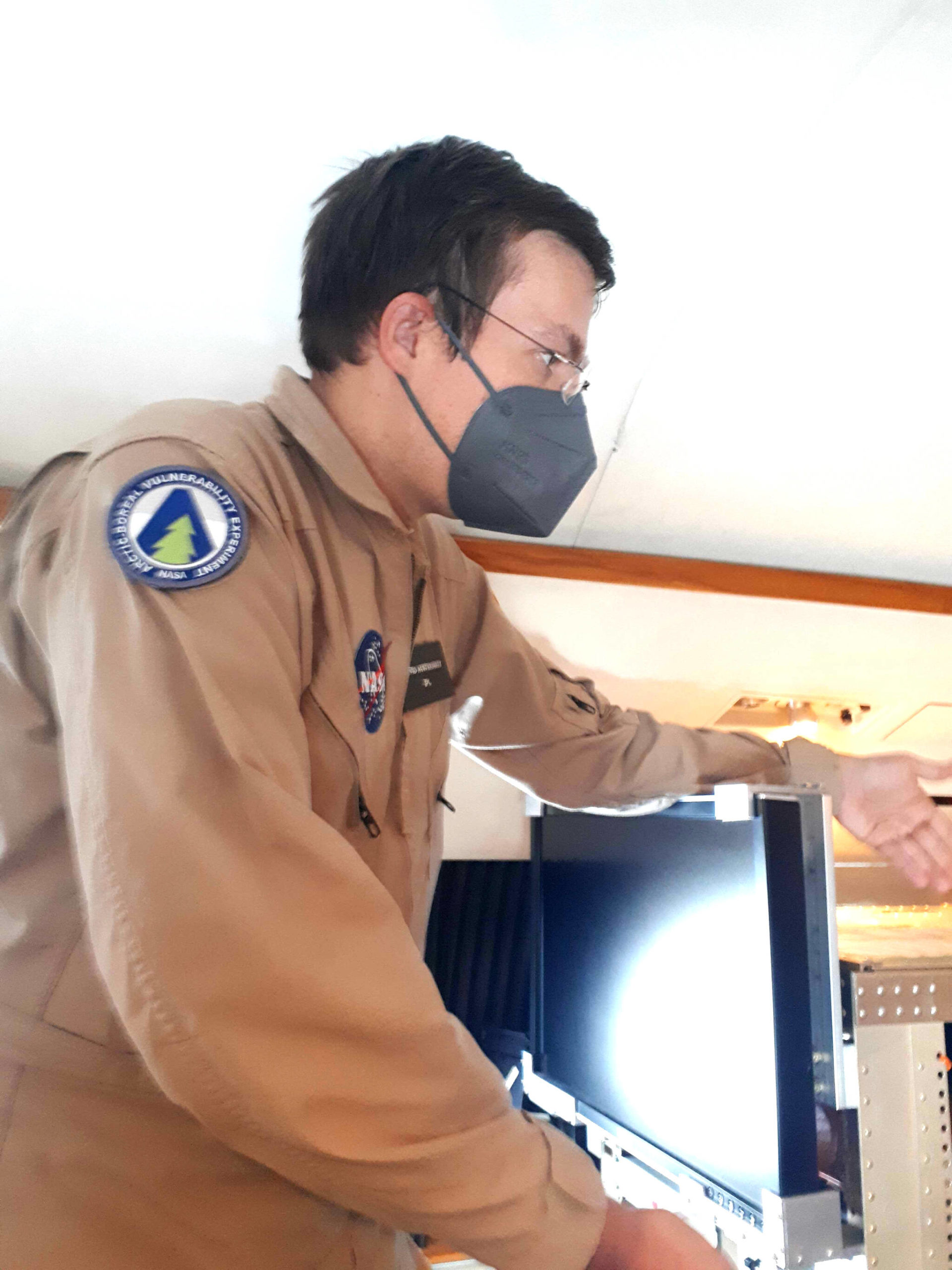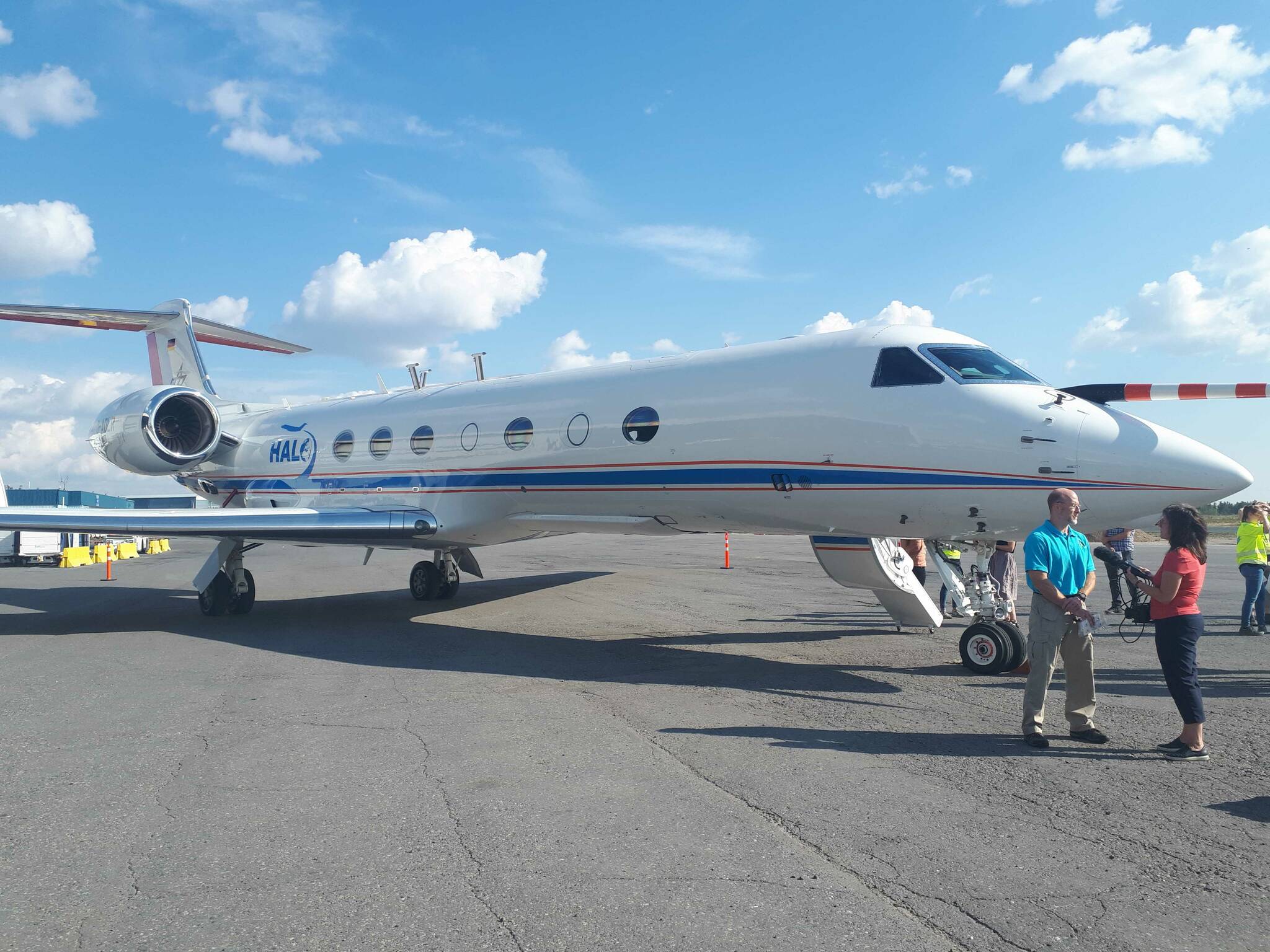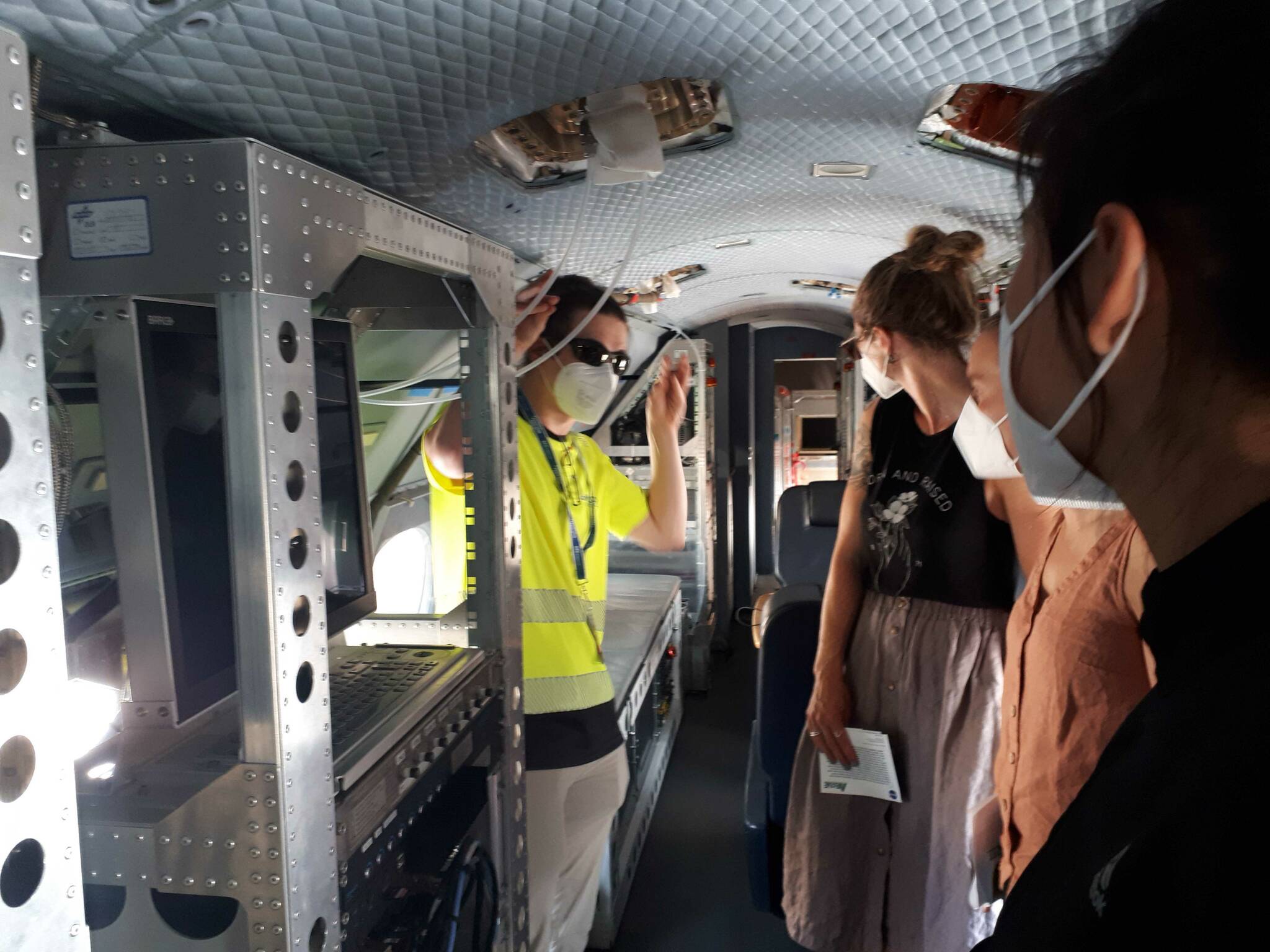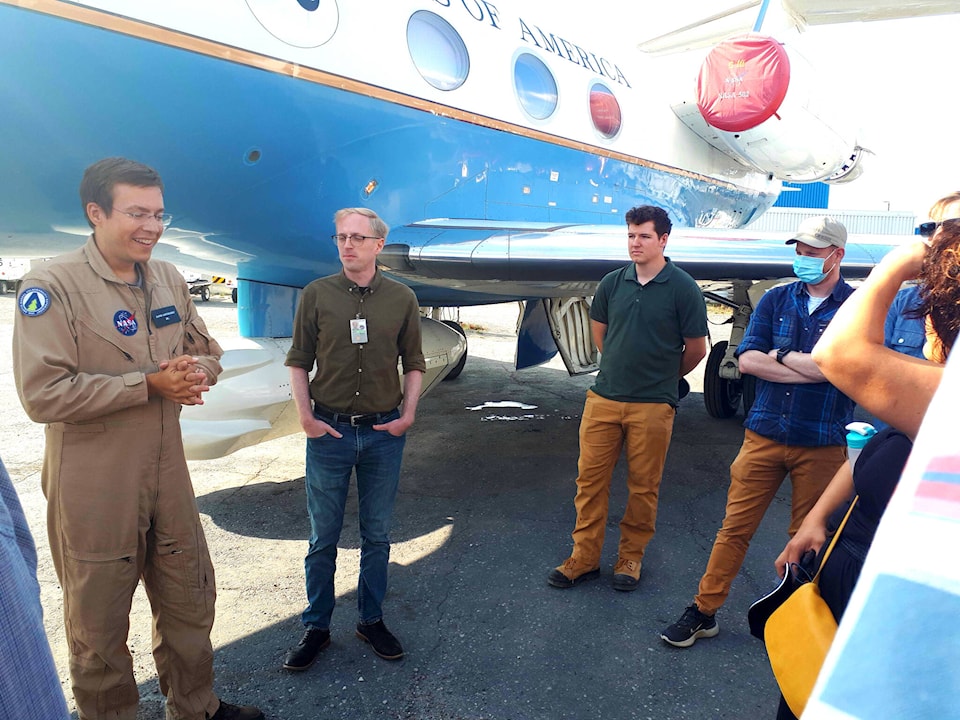Yellowknifers got up-close and personal with two international climate research projects and the scientists behind them on Tuesday, August 16.
Residents were treated to a joint open house by NASA’s Terrestrial Ecology Program and the German Aerospace Centre (abbreviated as DLR in German). The former is several years into its Arctic-Boreal Vulnerability Experiment (ABoVE), whose aim is to understand the impact of climate change on the Arctic and Boreal regions by conducting research in Alaska and Western Canada; The latter team is conducting its Carbon Dioxide and Methane Mission for HALO research project (or CoMet 2.0 Arctic), which seeks to measure the presence of major greenhouse gases in the Arctic.
As part of the open house, attendees got to tour the two planes used in the research: The NASA team’s C-20A Environmental Science Research Aircraft, and the DLR’s HALO aircraft.
NASA started its research in the NWT in 2015, but had to take a two-year hiatus due to the Covid-19 pandemic. Researchers with the German team arrived earlier this month.



